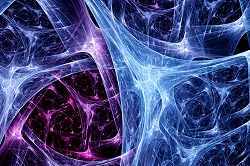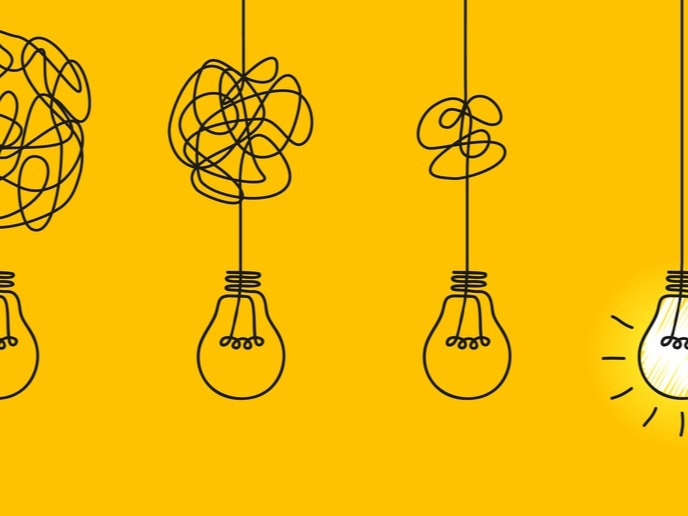Training programme in astrodynamics
Recently, a whole new type of space race has emerged – one between private companies rather than between governments, as happened in the past. There is a need, however, to provide spacecraft and aerospace engineers with mathematical and engineering skills to help them excel in this growing field. The ASTRONET-II(opens in new window) (The astrodynamics network) project, a Marie-Curie Research Training Network, has provided knowledge, skills and communication training for early-career researchers in astrodynamics. ASTRONET-II brought together mathematicians, engineers and astronomers from universities, governmental agencies and industry. The network continued the training activities undertaken under the former training network AstroNet (2007-2010). The project funded training in various topics, as well as small research projects. Four training schools covered a number of practical aspects of spacecraft control and manoeuvring. Research projects are now underway at various host institutions (both universities and private companies). These cover topics mainly focused on methods for optimising trajectories and control to minimise fuel use and extend mission ranges. This is achieved by maximising the use of ‘natural dynamics’, employing sophisticated techniques from dynamical systems theory. The results are being extended to studies of the dynamics and control of novel spacecraft architectures, such as solar sails, space tethers and formations of spacecraft. Other areas of research were geared towards spacecraft motion in the vicinity of small bodies, such as debris, asteroids, near-earth objects and planetary moons, as well as attitude control of nano- and micro-satellites. In particular, research activities included modelling gravitational potential of small bodies, spacecraft orbits close to tumbling debris, libration point orbits close to highly inhomogeneous satellites and new orbits for further exploring Martian moon Phobos. In addition, a newly developed motion planning technique for efficiently generating smooth spacecraft attitude slew manoeuvres was tested at ESA’s flying laboratory OPS-SAT. These research projects have already resulted in several publications and conference presentations. With the training and experience provided by ASTRONET-II, the sky is the limit for this new generation of space scientists.







